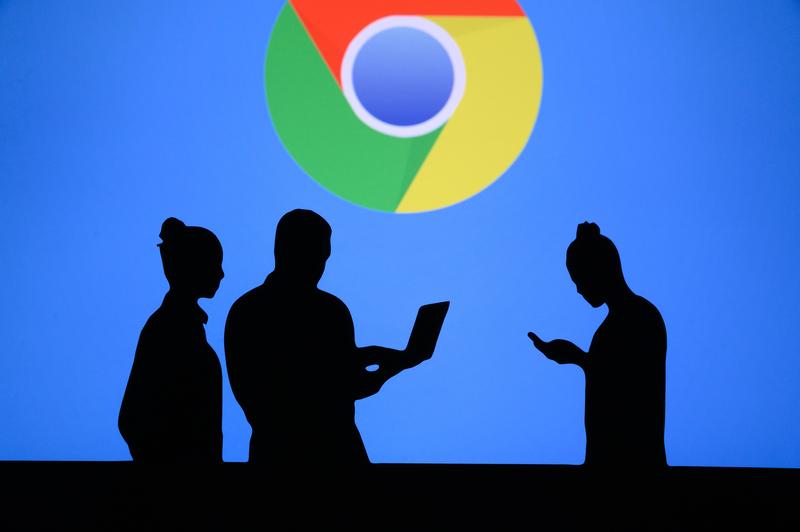Windows 10 has consistently offered vigorous personalization choices, yet Google’s Chrome OS is getting up to speed. Chrome OS 88, what began turning out Tuesday, presently offers the capacity to modify your lock screen just as some security accommodations for getting to Web sites.
In particular, Chrome OS 88 presently offers you the capacity to pull from your Google Photos while showing the lock screen. Google’s OS additionally now bolsters WebAuthn, a standard that permits you to utilize your Chromebook as a second factor in signing into sites.
The discussion between whether to purchase a Chromebook versus a Windows PC incorporates numerous fronts. Windows has offered numerous alternatives to customize your PC. Chromebooks have consistently endured fairly here—they’ve been planned fundamentally to complete things.
With Chrome 88, on the off chance that you go into the Chrome OS Settings menu, and from that point Personalization > Screen saver, you’ll discover an assortment of new alternatives. You can utilize Google Photos to show pictures from your assortment on the lock screen, or utilize one of Google’s own pictures.
As indicated by Google, you can likewise check data like the current climate and what music is playing, just as respite a track or skip melodies without opening your gadget. It probably won’t be very on a par with, say, a Google Nest brilliant presentation, however it’s not terrible, by the same token.
The security increases to Chrome 88 are similarly as handy. Chrome OS presently underpins WebAuthn, an innovation that permits you to skip utilizing passwords when you sign into an upheld site. While we’ve contended that putting away your password in your program isn’t as secure or advantageous as a secret word director—those password managers don’t run as an application in Chrome OS, all things considered.
All things being equal, on the off chance that you sign into an upheld site like Dropbox, GitHub, or Okta, you can utilize WebAuthn inside Chrome OS to sign in utilizing your Chromebook instead of a secret word. The Chromebook is being utilized as one factor in two-factor validation—a gadget you’re known to possess.
The WebAuthn-empowered webpage will at that point request another factor—something you know (your Chromebook’s PIN), or something that distinguishes you as you. In the last case, that implies that if your Chromebook has a unique mark peruser, you can utilize that to validate.
Presently only a couple Chromebooks transport with fingerprint readers, so the introduction of this component could mean a change is in the offing—and Chrome OS 88 is laying the groundwork.

Napier Boyd is an American author. He graduated from Occidental College, he later received an honorary Ph.D from Occidental College. Napier is known for his ten years as anchor and editor. Recently he is working on Boston New Times.
Disclaimer: The views, suggestions, and opinions expressed here are the sole responsibility of the experts. No Boston New Times journalist was involved in the writing and production of this article.
